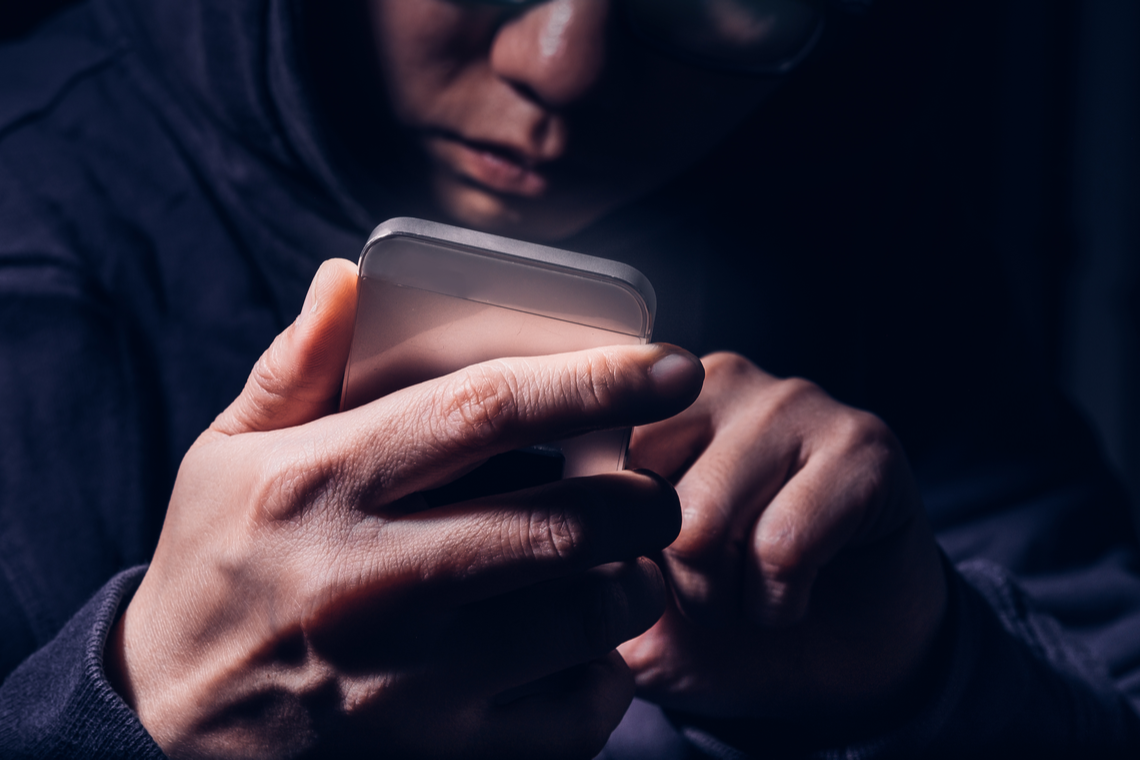The world is currently awash with many new counterfeit products. In fact, by some estimates, they account for 3.3% of all the world’s trade. Can blockchain stop this wave of forgeries?
The rise of the digital age has undoubtedly made counterfeiting much easier. E-commerce, coupled with a global audience, has made online marketplaces breeding grounds for fake consumer goods. Gone are the days when ‘illicit’ products meant weaponry or drugs; now, counterfeit goods are a massive market and carry minimal risk.
A Massive Illegal Market
The consequences of counterfeiting depend on the good in question. If it’s a fake sneaker, the effects might be relatively minor: the shoes fall apart quickly and a future customer is lost. However, counterfeit medicine oftentimes has grave consequences and could cause death in some cases. According to a 2015 report, around $200B of the $1.1T market in pharmaceuticals sold globally are counterfeit. That number is staggering and is even close to the global drug trade which is valued at around $246B. In 2017, U.S. authorities seized around $1B in counterfeit goods in total during a string of raids. In short, counterfeits are growing and, worse of all, they are becoming more dangerous.
Given our current infrastructure, it is impossible to check all the goods being sold online. Oftentimes, these marketplaces set up multiple websites and also own both the shop and seller accounts. Advertising these products is common and, when caught, these criminals often disappear without a trace. Overall, what’s needed is an entirely new understanding of the supply-side of our global economy.
In Come Blockchain
Blockchain technology’s promise is that of a decentralized, distributed ledger system that tracks every transaction on it. Think of it like an immutable record which cannot be distorted or hacked. It should be no surprise then that many have proposed this technology as the best means to fight counterfeit goods.
It definitely makes sense. After all, many projects have emerged which focus on verifying the supply-side by installing inexpensive chips in each product, or by confirming each product uniquely with a scanned code which is then recorded on the blockchain. Every single good on the supply-side is accounted for thereby outright preventing even the possibility of a counterfeit good going through. This was the idea behind WalMart China adopting Vechain’s network to improve food safety.
However, the solution to counterfeit goods can’t just come from disparate companies working on different validating networks. Instead, it must come from a new global standard. A guarantee of authenticity, recorded on a blockchain-based system, should be standardized across the entire industry. This is why it is crucial that all of these blockchain networks communicate with one another instead of competing to our detriment.
Blockchain provides us with a clear solution to stop counterfeit goods, but we still need to figure out the hard part: implementing the infrastructure on a global scale.
Do you believe blockchain technology can help curb or outright eliminate counterfeit goods? Let us know your thoughts in the comments down below.



